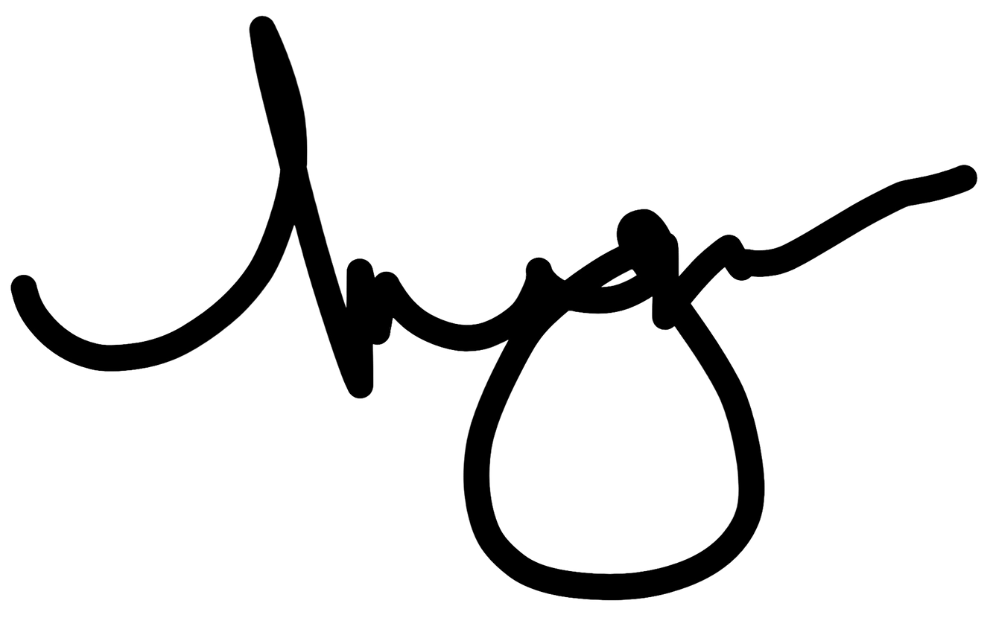Happy New Year, y'all!!!
I hope you found safety, joy, comfort, and connection this holiday season.
It's strange to think of a new year beginning, but there's always something encouraging and exciting about the turn of the calendar. We can make different choices; we can become different, and better, people.
And with that, let's turn to this issue's curations, hmm?
Equipment, Alan Jacobs
What is this about?
In this short post, Alan Jacobs explores theorist Kenneth Burke’s essay and concept of literature as “equipment for living.” Burke, using the simple, commonplace proverb as a starting point, suggests that we look at all forms of art as “strategies for dealing with situations.” Such situations includes choosing friends and enemies, issuing commands, dealing with loss, forecasting the future, admonishing children, honoring elders, etc. In short, the stuff of human life.
Jacobs then turns to Ephesians 4:11-16, where the apostle Paul offers encouragement and insight to his readers by emphasizing the diverse allocation and expression of gifts given to the body of Christ. Jacobs points out that the phrase “to equip the saints,” as translated from the Greek word katartismon (καταρτισμὸν), signals craftsmanship, a thing well-formed for its context and purpose.
Jacobs makes an interesting observation about translating and interpreting this text. He suggests that the best understanding of this text, as filtered through “equipment for living,” is less about HAVING the right tools and more about BEING FORMED rightly, appropriately shaped for appropriate ends or purposes.
What can we learn?
I am deeply interested in the sociological concept of “habitus,” which I’m sure I’ll get around to studying more intentionally at some point in the foreseeable future. But what I understand of it so far, habitus comprises the entire social world of personal action and societal structures. We act within a given structure, and with others, and both make and reproduce that world. And if we want to make changes, we have to consider who and what we surround ourselves with. Call it the “lemming effect.”
Anyway, if you want to change something about the world, you need to change the parts of the world you hang out in. And if you want to become a certain type of person, you need to consider the persons and actions you imitate and reproduce.
It’s the chicken-and-egg problem all the way down.
What does this mean?
When I think about this idea of “equipment for living,” I legit see everything in the world as potential equipment.
I consider how people are role models and companions, worthy of imitating and reproducing. I consider how movies help me discover something about being human, about living well. I consider how books introduce me to new worlds, different ways of thinking and living, if I let my imagination expand enough.
And I think about who I want to be, and whether or not these different “equipments” help me become that person. The hardest realization to come to (and act on) is the one in which you have to say no to significant people or behaviors or opportunities, because they would, in the end, deform you.
Augustine (probably) coined the phrase “incurvatus in se,” the process and condition of being turned inward on oneself. When I hear this phrase, I always think of ancient tree roots that have grown in and around themselves, creating curved, gnarly shapes. (Or also Dorian Gray.) It’s not an easy way to live.
Share
Did this resonate with you? If so, and you think someone else in your life might enjoy it, please feel free to share!
Support
If you liked this issue and want to leave a tip, you can do so here.
Hire
Are you a solopreneur, faith leader, or small business owner struggling with leading and communicating in a world of constant change and uncertainty?
I'm available for personal coaching and strategy design services to help you craft communication tools that share your best ideas, vital connections, and most meaningful work.
Visit me at https://r215coaching.com/ to learn more!
Fantasy and the Buffered Self, Alan Jacobs
What is this about?
I have read this essay at least once per year since Jacobs first published it, which means I’ve read it about ten times now. And I still feel I have something to learn from it. (It’s a behemoth essay, so summarizing it may take a minute. Onward.)
Jacobs begins with Charles Taylor’s assertion that the biggest difference between ourselves today and our ancestors of 500-plus years ago is that we no longer perceive ourselves as living in an “enchanted world.”
Such a world is one in which spiritual forces (such as gods, fairies, kobolds, and demons) can cross a porous boundary between the material and metaphysical realms to affect humans in both positive and negative ways. (Such effects might look like illness, good luck or financial distress, improved harvests, geographical displacement, or the elevation, but also loss, of loved ones. The gods are capricious and must be appeased.) Our ancestors understood themselves as “porous,” able to be influenced and affected by these numinous forces.
We, these days, do not.
The common narrative we use to explain this change in perception is that of “progress.” We have learned much about the material world, namely, that what we cannot in some way quantify does not exist. (Spiritual forces, by definition, participate in material reality very differently than we do.) The result is that we have “disenchanted” the world, and we have buffered ourselves from supernatural influence, for good and for ill.
(And for those Christians reading this, we are as steeped in this perspective as anyone; the legacy of progress doesn’t discriminate. Consider, in toto, how fully Protestant Christians actually live as though they believe in the reality of the Holy Spirit’s effectual work in the world. I damn myself as much as anyone.)
So, with this loss of enchantment in modernity, we have protected ourselves from the whims of numinous forces. But the price of such safety is the sense of isolation within the universe, a sense of disconnection from the kinship we might have with other creatures and beings. To borrow from Hartmut Rosa, we no longer experience a sense of aliveness or resonance with the world around us.
All of this leads Jacobs to then ask, how might we experience the benefits of the porous self (such as resonance and encounter) with avoiding the costs of the buffered self (such as isolation and disconnection)?
He finds an avenue in the rise of the artistic genre of fantasy. We might be familiar with regions of fantasy such as Oz, Narnia, Middle-Earth, Earthsea, or our own countries and cities that have been re-imagined (or re-opened). Jacobs suggestions that fantasy in its myriad media forms is an “instrument by which the late modern self strives to avail itself of the unpredictable excitements of the porous self while retaining its protective buffers. [It is] a technologically enabled, and therefore safe, simulacrum of the pre-modern porous self.”
Jacobs makes the case that where our ancestors once viewed “principalities and powers” as divine or elemental influences, we ourselves might have the renewed sense that our lives are also affected by “independent and unpredictable powers who are indifferent to human needs.” Such powers, as Neil Gaiman describes in his book American Gods (which is a must-read, imho), might be technology, industry, and entertainment, all subjected to the pressures of acceleration and consumption.
What can we learn?
As a child who read about Narnia and spent innumerable minutes knocking on closet walls, I’ve always a harbored a longing for such fantastic portals. Yet I’ve also carried the contradictory and disheartening assumption that such knocking was foolish and in vain. The doors to Faerie are closed from my own side.
The resurgence of the fantasy genre re-paganizes us, in a way, draws our attention to the “invisible leviathans” that swim beneath our awareness. It asks us to consider that there might be, in the words of Hamlet, “more things in heaven and earth than are dreamt of” in our current philosophies. Despite the myriad spiritualities that nod in metaphysical directions (or perhaps even because of them), we still have a sense that such regions are somehow controllable. Fantasy (and I suspect the horror genre might do this as well) reminds us that creation, and we ourselves, all carry a shadow-side that might overtake us at any minute.
What the modern process of buffering has done is to convince us that every aspect of our lives is quantifiable, exploitable, and controllable. The shadow-side is without borders, location, or presence. Or rather, it is everywhere and everyone. What fantasy does is to remind us that some things can’t be controlled.
We must befriend them in order to live with them.
What does this mean?
Taken together with the idea of “equipment for living,” and being formed appropriately, how can fantasy equip us for becoming more fully ourselves? Perhaps it’s less a matter of concrete, practical tools and more about our mental habitus, as it were, the kinds of imaginations we have for the kinds of worlds we inhabit.
Fantasy and its denizens writ large show us, very clearly, who we could be, for good and for ill. Virtuous and malevolent beings abound, and their characters offer us models for imitation, depending on what we want.
So like the PSAs of yore (Drink more milk! Eat mor chikin!), I guess my suggestion is this:
Read more fantasy!
There are worse ways to spend our time.
Shalom,
Visit me on the web at R21.5 Coaching or connect on LinkedIn.
Did some nice person share this with you? Maybe you'd like to read more?






